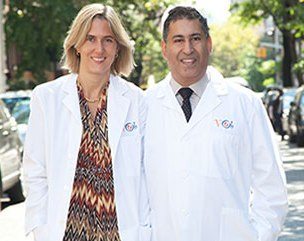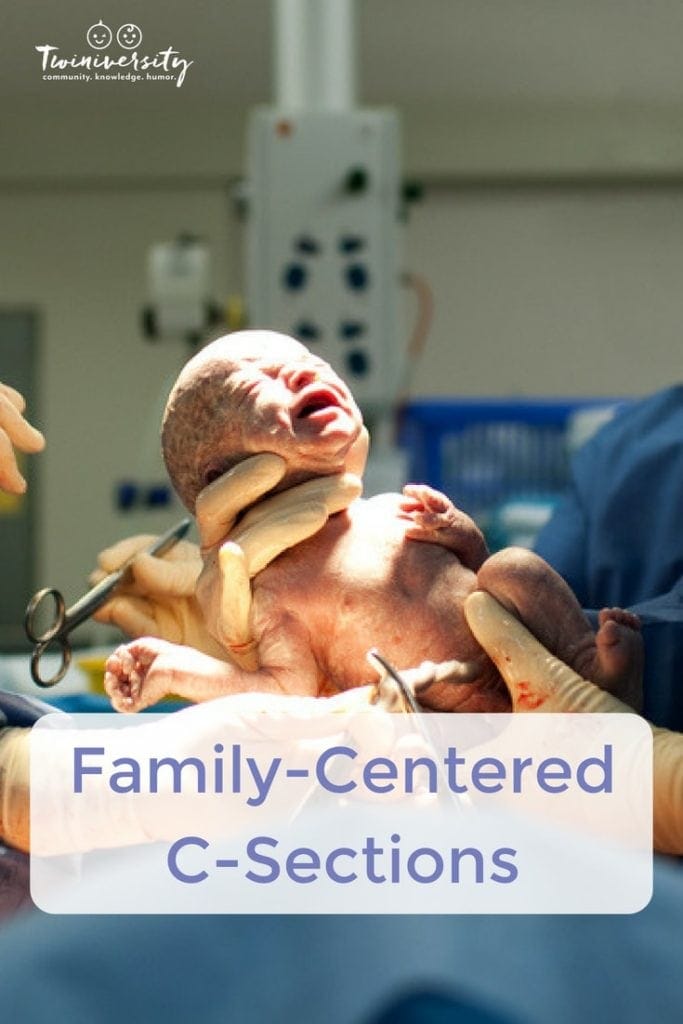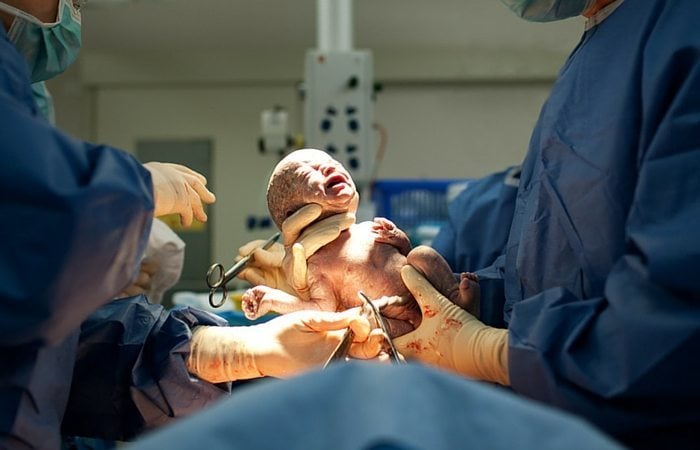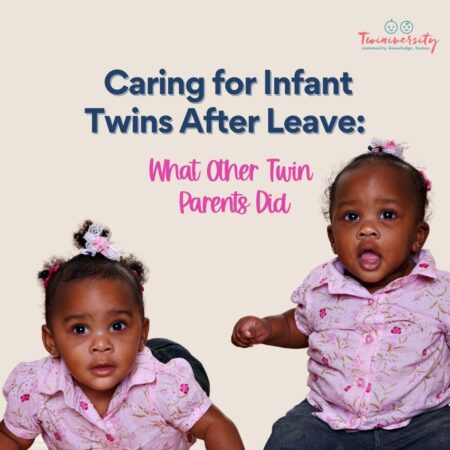Last updated on May 7th, 2024 at 07:53 am
Have you ever heard of a “family-centered c-section”? A family-centered C-Section is a way of creating an ideal environment for the mother that is far less clinical than a traditional c-section, allowing her to have an experience much closer to that of a vaginal delivery. Also known as a “gentle Cesarean”, this new trend is starting to gain momentum in the obstetric world.
We spoke with Dr. Jaqueline Worth and Dr. George Mussalli from Village Obstetrics in New York, NY, about this new trend. “Most practices and hospitals haven’t incorporated family-centered c-sections. The trend is gradually spreading as more patients are asking for it,” said Mussalli.

Dr. Worth and Mussalli went on to explain the advantages of this new trend. The mother’s body is prepared to allow breastfeeding to start sooner than with a traditional c-section. To do this, one arm can be freed from an IV and monitors to allow the mother to hold the baby to breast. Monitor leads can be placed on the mother’s back instead of the chest to allow skin-to-skin contact immediately after birth, as long as the hospital gown is open in front. Small details like this can mean a much more positive experience for the parents in a time that is often fraught with worry and confusion.
Dr. Mussalli explained further steps to make the c-section more family-centered. “The medical team can use a transparent sheet, a sterile perimeter that the mother can see through, to allow the mother to witness her baby at the time of birth. Parents can opt to say a prayer together or make a statement before the surgery commences. Other things like music selection, limiting the number of people in the operating room, and limiting chatter from the team can really help.”

If the mother isn’t feeling well enough after the birth to breastfeed, due to nausea or shakiness that often occurs with c-sections, the father can be on deck to step in for quick skin-to-skin contact until the mother is feeling well enough to put the baby to breast. When a multiple birth occurs, both parents can do skin-to-skin simultaneously, switching between babies after a few minutes to allow each to go to the breast as soon as possible.
Alternatively, the mother can hold Baby A to breast with one arm with the assistance of a nurse or doula while the father holds Baby B to the other breast. At this time, most labor and delivery units only allow one guest in the operating room during delivery. However, with the onset of this new trend in c-sections, hospitals might be willing to admit a doula in the OR if you explain in advance your desire to bring both babies to the breast immediately.
“The openness to considering these things is just starting. There is not a lot of enthusiasm right now,” stated Mussalli. He encourages patients to do their research. First, find an obstetrician who is willing to do a family-centered c-section who can then be an advocate for the patient at the hospital where they will deliver. Then put together a birth plan in advance and share it with your OB.

One of Dr. Mussalli’s patients experienced a family-centered c-section and shared her thoughts with us, “There was so much pressure to have a ‘natural’ birth with my first child. When my body did not go into labor, despite trying nearly everything possible, I found I had quite a bit of emotional and psychological healing following that birth. But with my second child, I was able to be more present and available for my whole family after my scheduled, family-centered c-section birth. The healing was only physical and less complicated.”
“Parents should ask about it and create awareness,” said Mussalli. “The more people who bring it up the more it will be catered to eventually. Customer service is key in medicine nowadays.”
All content on this Website, including medical opinion and any other health-related information, is for informational purposes only and should not be considered to be a specific diagnosis or treatment plan for any individual situation. Use of this site and the information contained herein does not create a doctor-patient relationship. Always seek the direct advice of your own doctor in connection with any questions or issues you may have regarding your own health or the health of others.







